Contents
Page List
Guide
THE CLOUD REVOLUTION
Also by
MARK P. MILLS
Digital Cathedrals
Work in the Age of Robots
The Bottomless Well: The Twilight of Fuel, the Virtue of Waste, and Why We Will Never Run Out of Energy
MARK P. MILLS
THE CLOUD REVOLUTION
HOW THE CONVERGENCE OF NEW TECHNOLOGIES WILL UNLEASH THE NEXT ECONOMIC BOOM AND A ROARING 2020S
ENCOUNTER BOOKS NEW YORK LONDON
NEW YORK LONDON
2021 by Mark P. Mills
All rights reserved. No part of this publication may be reproduced, stored in a retrieval system, or transmitted, in any form or by any means, electronic, mechanical, photocopying, recording, or otherwise, without the prior written permission of Encounter Books, 900 Broadway, Suite 601, New York, New York, 10003.
First American edition published in 2021 by Encounter Books, an activity of Encounter for Culture and Education, Inc., a nonprofit, tax-exempt corporation.
Encounter Books website address: www.encounterbooks.com
Manufactured in the United States and printed on acid-free paper. The paper used in this publication meets the minimum requirements of ANSI/NISO Z39.481992 (R 1997) (Permanence of Paper).
FIRST AMERICAN EDITION
Library of Congress Cataloging-in-Publication Data
Names: Mills, Mark P., author.
Title: The Cloud Revolution: How the Convergence of New Technologies Will Unleash the Next Economic Boom and a Roaring 2020s / Mark P. Mills.
Description: New York: Encounter Books, 2021. | Includes bibliographical references and index. |
Identifiers: LCCN 2021013659 (print) | LCCN 2021013660 (ebook) | ISBN 9781641772303 (hardcover) | ISBN 9781641772310 (ebook)
Subjects: LCSH: Industry 4.0. | Technological forecasting. | Cloud computingEconomic aspects. | Automation.
Classification: LCC T59.6 .M55 2021 (print) | LCC T59.6 (ebook) | DDC 303.48/34dc23
LC record available at https://lccn.loc.gov/2021013659
LC ebook record available at https://lccn.loc.gov/2021013660
Book design and figures by Katherine Messenger
1 2 3 4 5 6 7 8 9 20 21
For my wife
Contents
FIGURES
T HE ORIGINAL Roaring 20s didnt begin until after what was then a pretty miserable 1920. The 1918 Spanish flu pandemic lasted well into 1920, wherein that scourges American death toll was 400 percent greater, in per capita terms, than that of COVID-19. In 1920, the scars from World War I were still fresh, after over 100,000 American soldiers had died, a far greater toll than the conflicts in Afghanistan and Iraq, the longest-ever American wars. And one of the most severe U.S. recessions of the many of the twentieth century began in 1920 and lasted through July 1921.
Political crises and drama were afoot in 1920 as well. The Bolshevik revolution and the rise of Vladimir Lenin had happened just three years earlier. That fueled Americas First Red Scare with fears of far-left extremism and Communism infecting the American labor movement. The New York State Assembly expelled five duly elected legislators because they were members of the Socialist Party. Newspapers featured headlines reading This is Americanot Russia. The nation saw massive labor strikes bringing cities to a standstill and with mayors deploying thousands of police and federal troops.
The year before, there had been myriad bomb threats and bombings; eight mail bombs exploded simultaneously in several cities, many targeting those investigating the anarchists. The summer of 1919 had been one of violent race riots (martial law was briefly imposed on Charleston, South Carolina) causing the death of dozens of citizens, both black and white, as well as police. In early 1920, J. Edgar Hoover (then the head of the Justice Departments General Intelligence Division) warned that the nation should be prepared for a violent uprising on May Day 1920. It didnt happen.
The election of November 1920 was tumultuous and consequential as well. It was the first in U.S. history in which women could vote. The victor, Warren G. Harding, ran on the slogan of a return to normalcy. It was a theme that should sound eerily familiar today. Indeed, as should the overall cultural zeitgeist of 1920.
The point is not only that America survived the crises and chaos of 1920, but that, as we know in hindsight, The Roaring 20s followed. And those next eighty years constituted historys greatest overall expansion of wealth and wellbeing.
That the boom began in the 1920s has often been attributed to a recovery from the devastation of World War I. While the psychology of recovery was important, that era was also animated by a blizzard of new technologies entering the market, radically changing how people lived and propelling the economy. It was a decade that saw the emergence, notably, of the automobile, radio, film, and electric power and the derivative inventions, services, and businesses.
There was plenty else going on too in the cultural animations of 1920. It was a time that saw the tech titans of that day use their outsized wealth to build mega-mansions creating the storied Gold Coast and fuel anxieties about income disparity. It was also a time that saw a raft of new writers and books including, that year, F. Scott Fitzgeralds first novel, This Side of Paradise; Agatha Christies first novel, The Mysterious Affair at Styles; and the Czech writer Karel apek play, R.U.R., in which he introduced the word robot to explore dystopian fears about automation.
Yes, we know that the entirety of the twentieth century wasnt a time of wine and roses. Notably, the Roaring 20s would end with the searing 1929 stock market crash, and then a Great Depression would arrive followed by the tragedy of another great war.
But by the time the twentieth century ended, compared to 1920, the average lifespan of an American had increased by 30 years and average per capita wealth had risen 700 percent (in inflation-adjusted terms). This happened for two reasons.
One was the epic confluence of radical advances in three key technological domains that enable all the products and services that constitute modern society: information, materials, and machines. The other centered on the nature of Americas culture and political system that allowed for the blossoming of those innovations. That long boom was not, in short, the result of one big invention, or one person.
The evidence is all around us, hidden in plain sight, that the decade of the 2020s will be another period in which radical advances converge again in the same three core technological spheres. These are trends that were underway before the Great Lockdowns of 2020. If there has been one positive effect of the otherwise enervating pandemic year, it is in the acceleration of many of those trends.

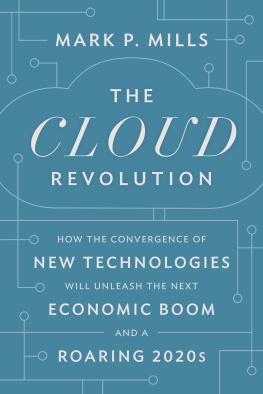


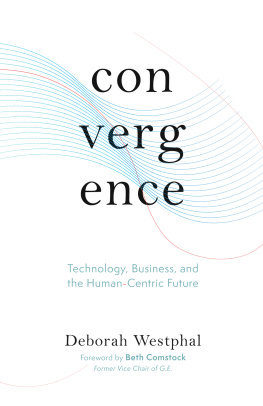

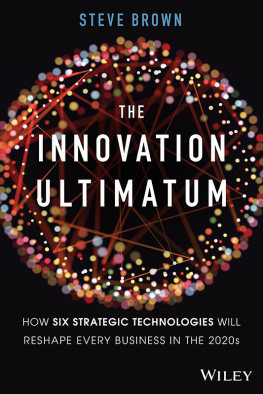

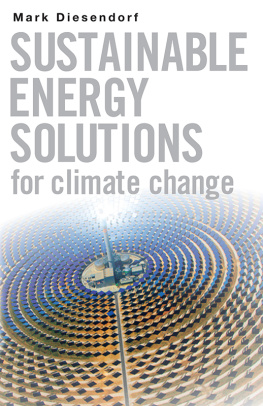
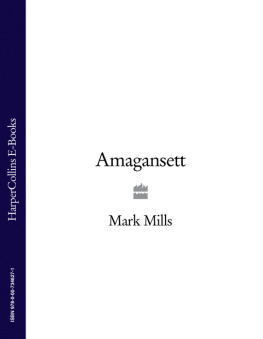


 NEW YORK LONDON
NEW YORK LONDON